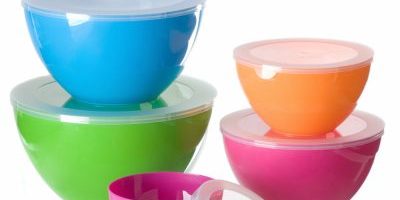Plastic bowls have found a vital role in healthcare settings, contributing to patient care, infection control, and operational efficiency. These lightweight and hygienic vessels play an essential role in hospitals, clinics, and other medical facilities, facilitating various aspects of healthcare delivery and ensuring the well-being of both patients and healthcare professionals.
In healthcare environments, maintaining a high standard of hygiene is paramount. Plastic bowls are favored for their non-porous surfaces, which are easy to clean and disinfect. Whether used for serving meals, administering medication, or collecting biological samples, plastic bowls reduce the risk of cross-contamination and help prevent the spread of infections.
Plastic bowls also contribute to efficient patient care processes. Their stackable design makes them easy to store and transport, optimizing limited storage space in healthcare facilities. Nurses and caregivers can swiftly prepare and deliver meals, medications, and medical supplies to patients, ensuring timely and accurate care.
In hospital settings, plastic bowls are often used to serve meals to patients with specific dietary requirements or restrictions. Clear plastic bowls provide visibility of the contents, allowing healthcare providers to monitor food intake and ensure that patients receive the appropriate nutrition. Additionally, plastic bowls with lids are valuable for maintaining food freshness and preventing spills during meal delivery.
In surgical and laboratory settings, plastic bowls have diverse applications. They are used for mixing and holding medical solutions, collecting specimens, and organizing instruments. The disposable nature of some plastic bowls eliminates the need for complex cleaning procedures, streamlining workflows and reducing the risk of contamination.
While plastic bowls offer significant advantages in healthcare, it’s essential to consider the broader impact of plastic waste on the environment. Healthcare facilities are increasingly adopting eco-friendly practices by exploring options for biodegradable or recyclable plastics, as well as implementing waste management strategies that prioritize sustainability.
In conclusion, plastic bowls play a crucial role in healthcare environments by enhancing patient care, infection control, and operational efficiency. Their contribution to maintaining hygiene standards, streamlining processes, and accommodating specific patient needs makes them valuable tools in healthcare delivery. As healthcare facilities strive to provide optimal care while minimizing their environmental footprint, plastic bowls offer a balance between practicality and sustainability.
















